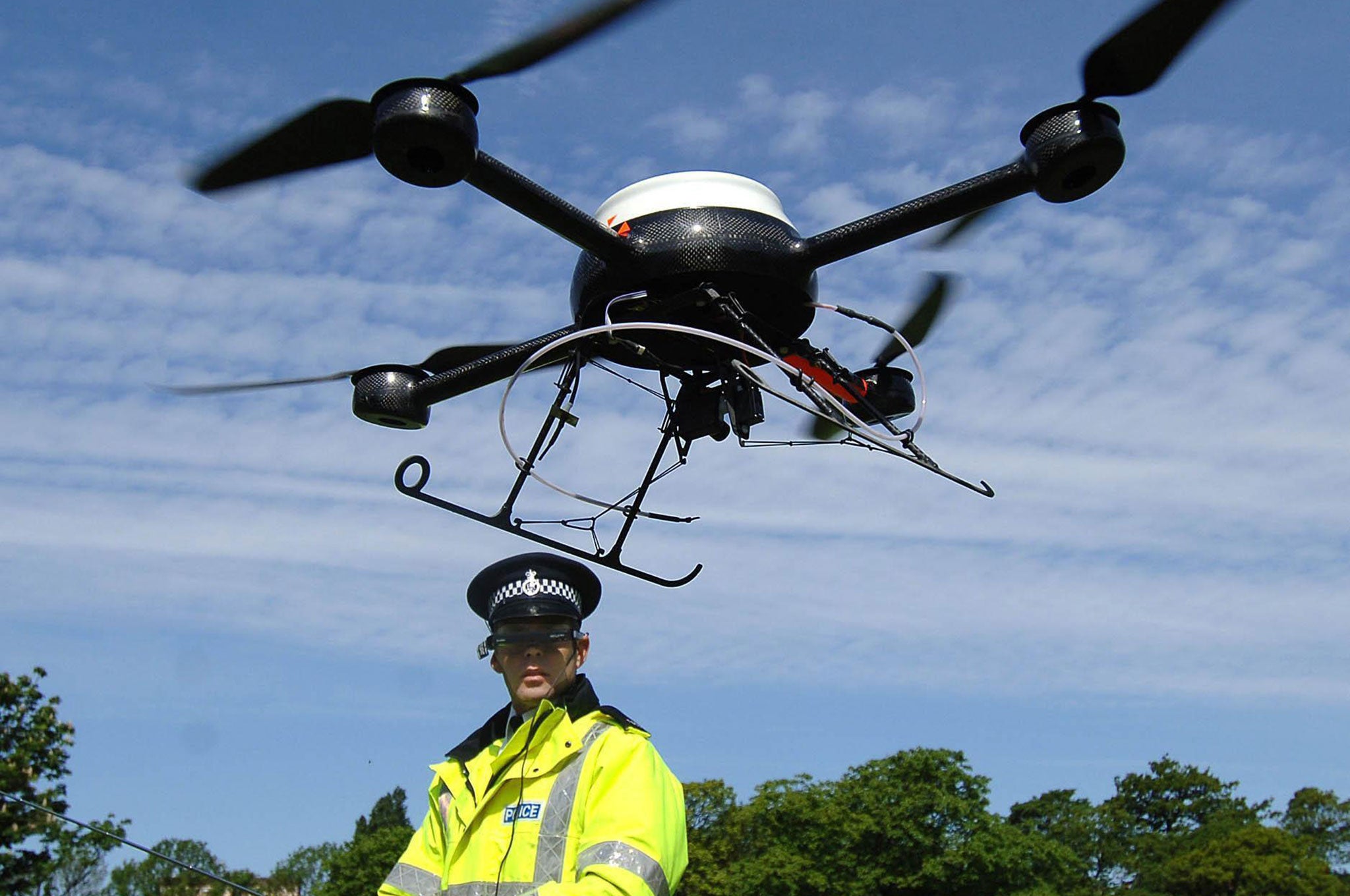The Privacy Concerns of Small Bathroom Spy Cameras

The use of small bathroom spy cameras raises significant ethical and legal concerns, as it represents a blatant invasion of privacy and can have serious consequences for individuals. These devices, often disguised as everyday objects, are designed to capture images and videos without the knowledge or consent of those being recorded. The implications of such actions are far-reaching and can have devastating impacts on the lives of victims.
Ethical Implications
The use of spy cameras in private spaces like bathrooms is inherently unethical. It violates the fundamental right to privacy, which is essential for maintaining dignity, autonomy, and personal security. Individuals have a legitimate expectation of privacy in their bathrooms, where they engage in intimate and personal activities. Installing hidden cameras in such spaces constitutes a breach of trust and can lead to feelings of vulnerability and insecurity. The ethical implications extend beyond the individual victim, as it undermines the social fabric and creates a climate of distrust and fear.
Potential for Invasion of Privacy
Bathroom spy cameras can be used to capture highly sensitive and private information, including images of individuals in various states of undress, personal hygiene routines, and other intimate activities. This information can be used for malicious purposes, such as blackmail, harassment, or even identity theft. The potential for emotional distress and psychological harm to victims is significant, as they may experience feelings of violation, shame, and anxiety. The dissemination of such private information can have lasting and irreparable consequences on their lives, impacting their relationships, careers, and overall well-being.
Legal Repercussions
The use of spy cameras without consent is illegal in many jurisdictions. Laws related to surveillance technology vary depending on the specific location, but generally prohibit the recording of individuals without their knowledge or explicit permission. In some cases, the use of spy cameras in private spaces like bathrooms may be considered a form of voyeurism, which carries severe penalties. Individuals who are victims of such illegal activities have the right to seek legal recourse, including criminal charges, civil lawsuits, and restraining orders.
Examples of Malicious Use
Spy cameras can be used for a variety of malicious purposes, including:
- Blackmail: Individuals may be blackmailed or extorted with the private information captured by the spy camera.
- Harassment: The recorded footage may be used to harass or intimidate victims, causing emotional distress and fear.
- Identity Theft: Spy cameras can be used to capture personal information, such as credit card numbers or social security numbers, which can be used for identity theft.
- Revenge Porn: In some cases, the recorded footage may be shared online without the victim’s consent, leading to public humiliation and reputational damage.
Privacy Laws Related to Surveillance Technology, Small bathroom spy camera
Privacy laws related to surveillance technology are complex and vary depending on the specific jurisdiction. However, many jurisdictions have laws that restrict the use of surveillance devices without consent. These laws may cover a range of surveillance technologies, including spy cameras, drones, and facial recognition software. It is important to familiarize yourself with the privacy laws in your jurisdiction to ensure that you are not violating any regulations.
Types of Spy Cameras and Their Functionality in Small Bathrooms

Spy cameras, designed for covert surveillance, have become increasingly common in various settings, including bathrooms. These cameras, often disguised as everyday objects, can capture images and videos without the knowledge of those being monitored. Understanding the types of spy cameras available and their functionalities is crucial for recognizing potential privacy breaches and taking appropriate measures to protect oneself.
Types of Spy Cameras and Their Functionality in Small Bathrooms
Spy cameras come in various forms, each with unique features and capabilities. Here is a table summarizing common types of spy cameras used in bathrooms and their functionalities:
| Camera Type | Features | Concealment Methods |
|---|---|---|
| Hidden Cameras |
|
|
| Motion-Activated Cameras |
|
|
| Wi-Fi Cameras |
|
|
Detecting and Preventing the Use of Spy Cameras in Small Bathrooms

Protecting your privacy in your own bathroom is paramount, and the possibility of hidden spy cameras can be unsettling. This section delves into practical methods for detecting and preventing the use of spy cameras in small bathrooms.
Detecting Hidden Cameras
Detecting hidden cameras requires a systematic approach and an understanding of common hiding places. Here’s a step-by-step guide to help you identify potential threats:
- Visual Inspection: Begin by carefully examining the bathroom for any unusual objects or devices. Look for small, inconspicuous cameras disguised as everyday items like smoke detectors, clocks, or even charging adapters. Pay attention to any gaps or inconsistencies in walls, ceilings, or furniture, which might indicate a hidden camera.
- Scanning Devices: Employ specialized scanning devices like RF detectors or infrared cameras to identify the presence of hidden cameras. RF detectors detect radio frequencies emitted by cameras, while infrared cameras can spot the heat signature of a camera lens. These devices are readily available online and can be a valuable tool in your arsenal.
- Mobile Apps: Several mobile apps can assist in detecting hidden cameras. These apps use your phone’s camera and sensors to scan for infrared light or radio frequencies emitted by cameras. Some apps can even identify cameras disguised as everyday objects. However, the effectiveness of these apps can vary depending on the type of camera and the app’s capabilities.
Preventing Spy Camera Installation
Taking proactive measures to prevent the installation of spy cameras is crucial for safeguarding your privacy. The following tips can help:
- Privacy Shields: Install privacy shields over any potential camera hiding places like vents, mirrors, or electrical outlets. These shields are designed to block the camera’s view and prevent unauthorized recording. You can purchase privacy shields specifically designed for cameras or use DIY solutions like duct tape or cardboard.
- Security Systems: Consider installing a home security system with cameras of your own. This can deter potential intruders and provide you with a sense of security. Make sure to place your security cameras strategically to cover potential entry points and blind spots.
- Be Aware of Potential Vulnerabilities: Regularly check for any unusual changes in your bathroom, such as new holes in walls or ceilings, or any suspicious wires or cables. Stay vigilant and report any suspicious activity to the authorities.
Visual Guide: Common Hiding Places and Detection Methods
| Hiding Place | Detection Method | Description |
|---|---|---|
| Smoke Detector | Visual Inspection, RF Detector | Cameras disguised as smoke detectors often have a slightly different appearance or a lens visible behind the cover. RF detectors can pinpoint the device’s location. |
| Mirror | Visual Inspection, Infrared Camera | Two-way mirrors or hidden cameras behind mirrors can be difficult to spot. Carefully examine the edges of the mirror for any gaps or inconsistencies. An infrared camera can detect the heat signature of a camera lens. |
| Electrical Outlet | Visual Inspection, Scanning Devices | Cameras can be disguised as USB chargers or other electrical devices. Look for any unusual devices plugged into outlets or any signs of tampering. |
| Clock | Visual Inspection, RF Detector | Cameras disguised as clocks may have a slightly larger size or a lens visible behind the face. RF detectors can help identify the device’s location. |
While a small bathroom spy camera might seem like a good idea for security, it’s important to consider the privacy implications. If you’re looking to upgrade your bathroom’s aesthetics, consider a mid century modern bathroom floor to create a stylish and inviting space.
This style often features geometric patterns and natural materials, adding a touch of sophistication. Remember, security measures should prioritize privacy and ethical considerations.
While a small bathroom spy camera might seem like a solution for privacy concerns, it’s important to remember that such devices raise ethical and legal questions. Instead, consider maximizing your space with practical solutions like compact corner toilets for small bathrooms.
These innovative designs free up valuable floor space, creating a more comfortable and aesthetically pleasing environment. By focusing on smart design choices, you can transform your small bathroom into a haven of privacy and functionality.